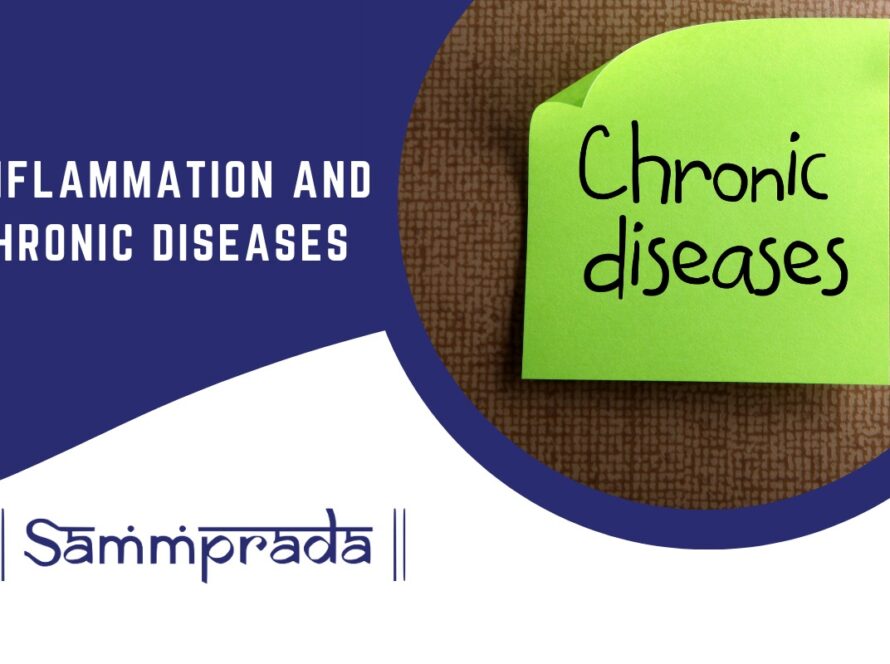Introduction
Certain types of cancer can affect children, and they need to be addressed before advancing to later stage. The most common types of cancer among children and adolescents (age 0 to 19 years) include leukemias, brain and central nervous system (CNS) tumors, and lymphomas. Leukemias are cancers of the blood or bone marrow cells, CNS tumors include the spine as well and lymphomas are cancers of the lymph nodes (glands). This blog sheds light on the common solid and hematological cancers of childhood, which warrant appropriate management.
Similar to cancers of adulthood, childhood cancers tend to have changes in the genes. This leads to the process of uncontrolled cell growth, which manifests as cancer. Germline variants include the genetic changes which are inherited by children from their parents, which increases their risk of cancer. During the process of cell development, genetic changes can also occur spontaneously which leads to cancer.
Environmental exposures associated with cancers among children include melanoma due to mutations linked with exposure to UV rays, leukemia and other cancers due to expsoure to ionizing radiation (diagnostic CT scan) including in-utero (x-ray of pregnant mother),
At Sammprada onco+wellness hospital, the health professionals are effectively equipped to provide comprehensive cancer care to children and adolescents, including coping support for the families.
Common solid and hematological cancers in childhood
Solid tumors are cancers that arise from the solid tissue in the body. This includes:
- i) Brain cancers: arise from abnormal growth of immature nerve or supporting cells in the CNS. These space occupying lesions can derange body movements, sensation, thought process and/or behavior. CNS/PNS tumors account for approximately 60% of all pediatric cancers.
- ii) Rhabdomyosarcoma: arise from abnormal growth of immature muscle cells. This results in a swelling wich could be painful, and interferes with bodily movements.
- iii) Neuroblastoma: arise from abnormal growth of immature nerve cells, most often in the adrenal gland (situated in close proximity to the kidneys). Some times, it also arises from the nerve tissue exiting the spinal cord.
- iv) Nephroblastoma (Wilm’s tumour): arises from an abnormal growth of immature kidney cells. This results in disruption of kidney function, and manifests as a mass in the child’s abdomen.
- v) Bone cancer: arise in the bones and are evident as painful lumps in the bones which disrupt the normal growth of bones and their stability.
Some of the tumors are benign in nature and do not spread to other parts of the body. They are more common than malignant tumors and rarely degenerate into malignant tumors.
Hematological cancers are cancers that originate from the blood. They can be divided into two groups: leukemia, lymphoma and myeloma.
- Leukemia is a cancer of the white blood cells, where-in the abnormal and immature cells cannot fight an infection. Such cancer cells outgrow the healthy white blood cells, causing infections due to bacteria, virus and other microorganisms. Eventually, they surpass the red blood cells and platelets, precluding the body’s ability to oxygenate the tissues and cease bleeding after an injury.
- Lymphoma is a cancer of the immune system, affecting the lymphoid tissue (lymph nodes). This ultimately results in crippling the ability of the nodes to protect the body against invading infections.
- Myeloma is a malignancy of plasma cells in which the monoclonal cells proliferate in the bone marrow, resulting in destruction of bone and displacement of other hematopoietic precursors.
The mentioned cancers are of grave concern and need to be treated at an early stage, else they can lead to serious consequences.
Sammprada onco+Wellness hosptial ensures regular follow-up examination of children/adolescents with cancer, to identify and treat concerned health issues. This includes late effects due to complications related to the disease or treatment. Our management plan address relevant issues such as peer support mechanisms and preservation of future fertility. The psychosocial support will address other personal issues such as education, future goals and transition to a normal life. We provide programs for families for navigating the long-term survivor care, including the physical and emotional issues following treatment.
Conclusion
The main aim of cancer management in children is to cure them of the disease. Our team ensures compliance to this goal, as well as addressing the fear and misunderstanding of childhood cancer diagnosis among the family members. We are determined to address the physical, mental and emotional needs of such children, and assist families.in coping with resultant feelings.
We hope this article will enable parents and caregivers to better understand the risks associated with childhood cancers and the different types. It will create awareness regarding danger signs of cancer, which in-turn facilitates accessing care at an early stage.
If you are looking for an efficient Oncology hospital, then Sammprada Onco+Wellness Hospital offers holistic solution to Your concerned needs.


